Program Resources
Successful bridge programs share certain key components and exist within a supportive institutional context. These contextual and programmatic components build on one another to provide students with a complete educational experience, from admissions and induction to research and mentoring.
1. Admissions Practices
Traditional admissions criteria that many departments use can unintentionally select against women and underrepresented minorities.
The good news is that it's possible to select, in an unbiased way, students who will succeed and become productive scientists. When making a decision, admissions departments can consider a student's ability to persevere when faced with adversity and a student's ability to accurately self-assess strengths and weaknesses in addition to the standard knowledge of physics and mathematics.
It’s also important to note that standardized measures such as the GRE do not attempt to measure these "non-cognitive" skills and evidence shows that the GRE and other standardized tests do not provide unbiased measures of student knowledge.
2. Building a Physics Graduate Student Association
Physics graduate students need community. While community can evolve spontaneously, a formal Physics Graduate Student Association (PGSA) can help ensure that this happens and that the community will be available when students need it.
The main advantage of a PGSA is that it enables students to often feel empowered to better support their peers and advocate for themselves. These organizations can also facilitate good communication between graduate students and faculty while requiring few departmental resources to develop and sustain.
3. Mentoring and Advising
Typically, a Bridge student will have multiple mentors, including research advisors, academic advisors, and peer mentors. As is the case with any mentoring relationship, building trust helps students be more forthcoming about struggles that may impact their work and allows students to work better with their mentors in identifying career opportunities and preparing for them.
One beneficial mentoring program is “constellation mentoring” which involves multiple people (a constellation) collectively mentoring an individual student. A selection of mentors who are tailored to a student’s unique needs keeps students on-track and provides troubleshooting if problems arise.
4. Induction
Students beginning graduate studies can face several transitions such as the logistics involving moving to a new location away from their normal support networks and taking on new levels of financial independence and responsibility.
For some students, navigating new cultural surroundings and acclimating to an unfamiliar area can negatively impact their academic progress. These challenges could range from transportation issues to being taken advantage of by unscrupulous landlords who push them into signing leases outside of their budget. Decisions such as these can have lasting effects on a student’s ability to meet degree requirements and join study groups.
Helping students manage such transitions can be critical to their success. When students arrive a few weeks before the beginning of the semester in order to find optimal housing and get an introduction to the physics community, it can have a more positive impact on the outcome of their studies.
5. Research Engagement
Independent research is at the heart of a graduate student’s education and is critical to their development as an independent scholar.
One note of caution is that advisors should avoid involving students in research before they are ready. Engagement with a research project takes a great deal of time and effort, particularly in the beginning stages and it can quickly become an overwhelming responsibility for a new student, who may not be aware of what it takes to succeed as a graduate student. Advisors should consider whether a student has made sufficient progress in core courses to add additional research obligations to their workload, or whether their focus should continue to be on coursework.
6. Student Progress Monitoring
Successful bridge programs carefully monitor students' progress to ensure that they make successful transitions into doctoral programs. Bridge program mentors check on students' progress every one to two weeks during the start of the program, and implement early interventions if problems with coursework or other interactions arise.
Download
Download the Key Components as a
PDF (796 KB)
Complete Bridge Program Induction Manual
PDF (1.4 MB)
Faculty Resources for Reducing Barriers in the Physics Graduate Education Admissions Process
The traditional admissions process in physics unintentionally selects against women and under-represented minorities. Faculty workshops resources are available to provide relevant literature and research-based training.
View Program


